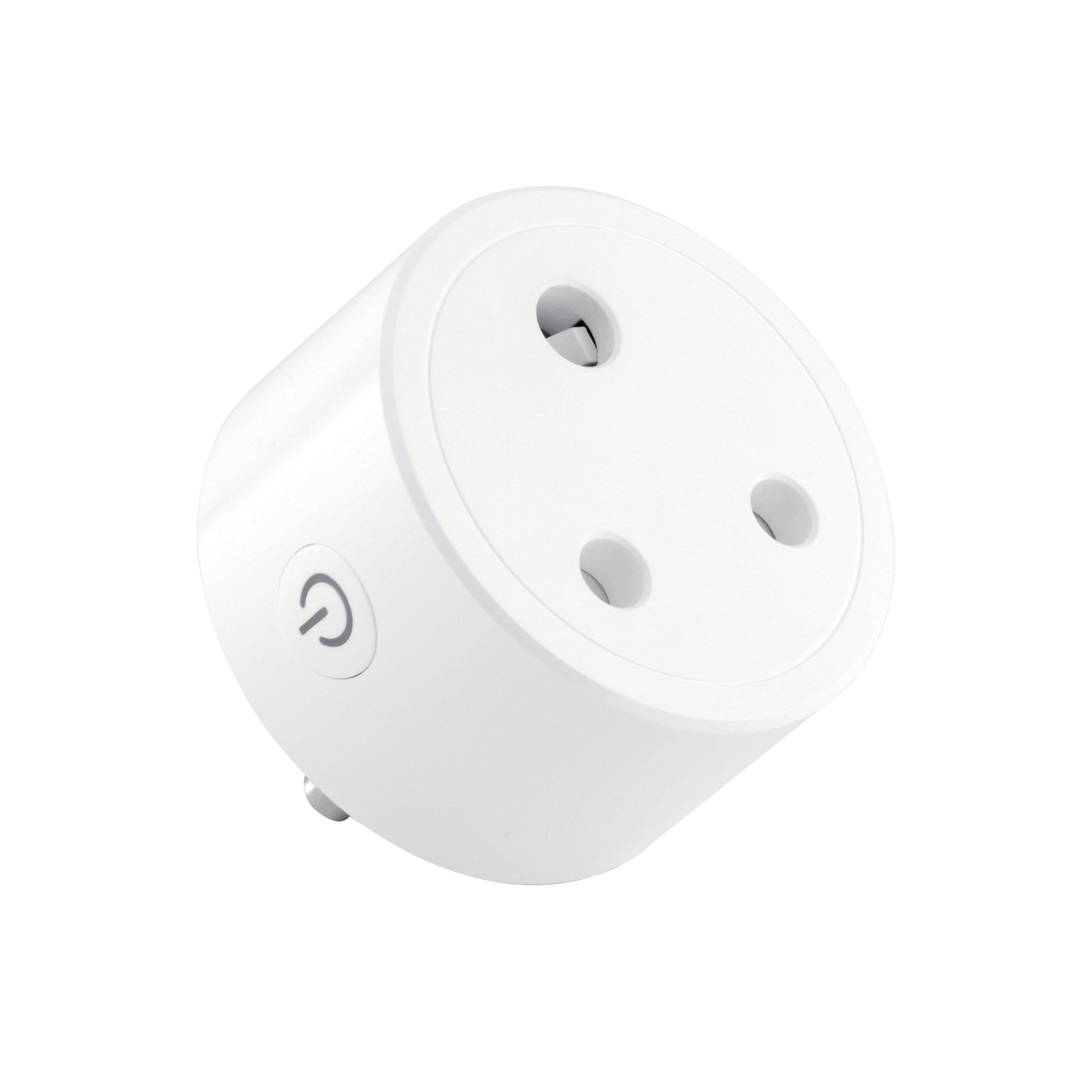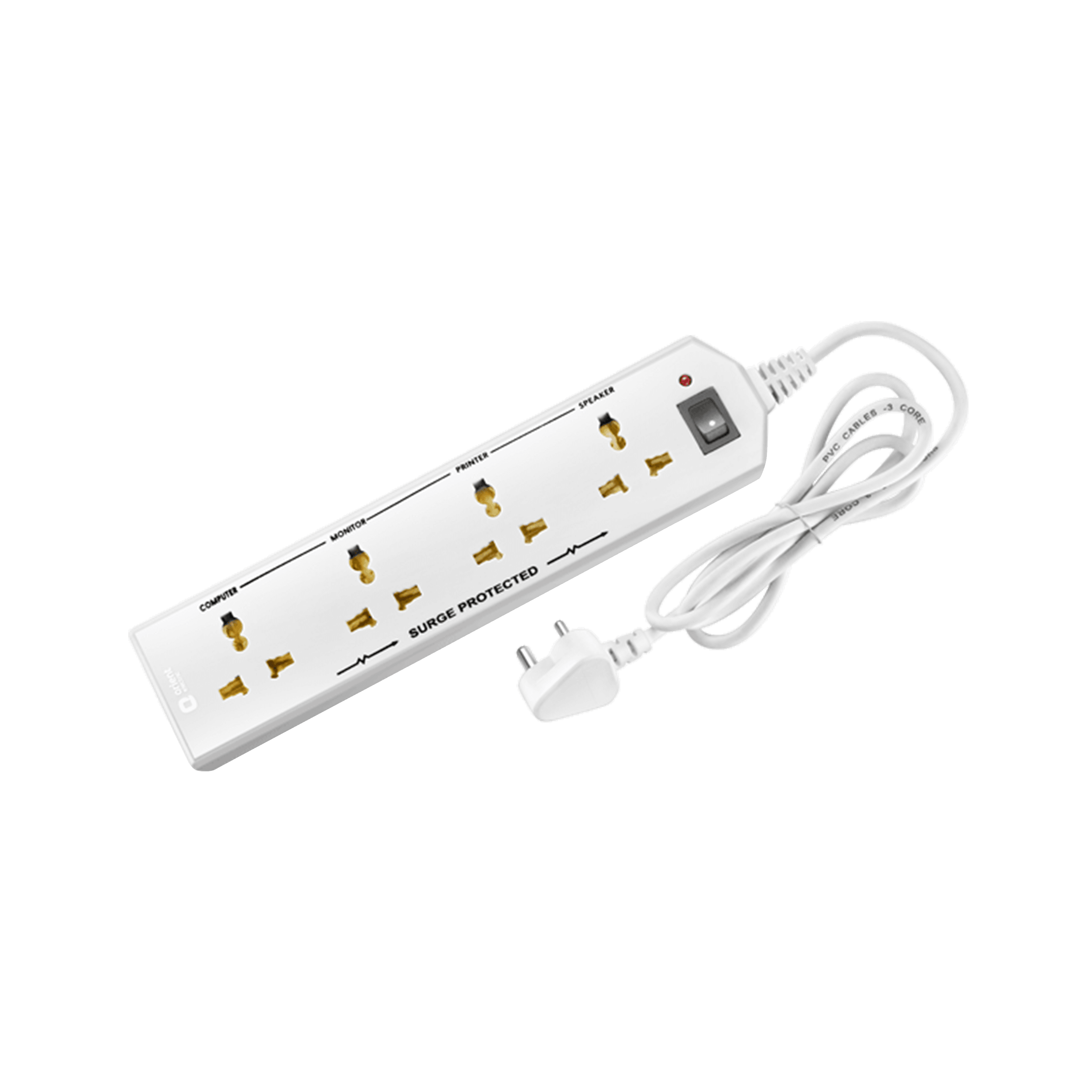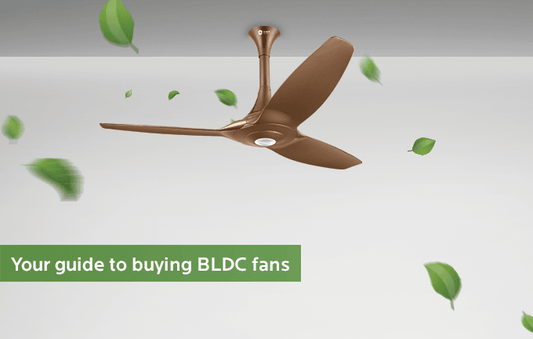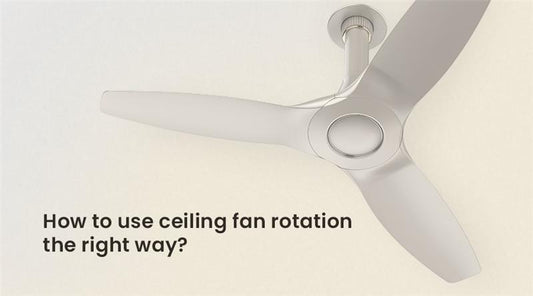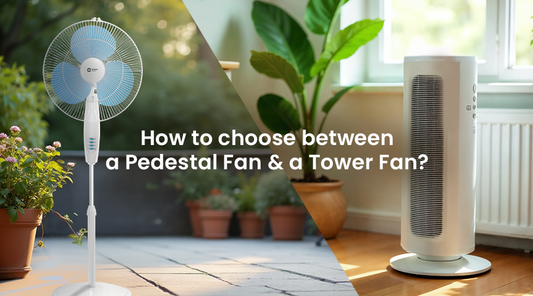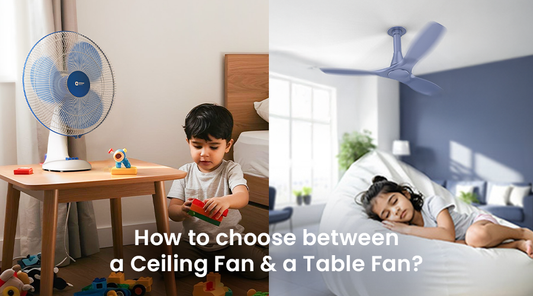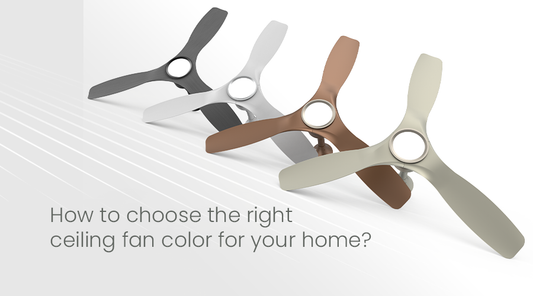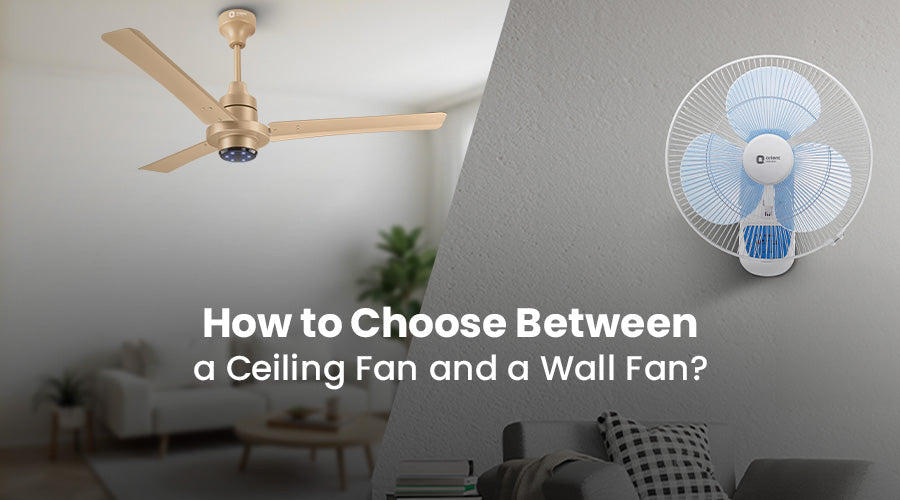
Ceiling Fan vs Wall Fan: Which One is Right for You?

Fans have been a crucial part of home and office cooling solutions for decades. Whether you are looking to enhance air circulation in your home, office, or commercial space, choosing between a ceiling fan and a wall mount fan can be a tough decision. Each type serves a different purpose and offers distinct advantages.
In this guide, we will compare ceiling fans and wall fans based on design, performance, energy efficiency, installation, and overall suitability. By the end, you will have a clear idea of which fan best meets your needs.
1. Understanding Ceiling Fans and Wall Fans
What is a Ceiling Fan?

A ceiling fan is a rotating electrical fan mounted on the ceiling of a room. It circulates air by pushing it downward, creating a cooling effect. Ceiling fans are ideal for large spaces and are a common choice for living rooms, bedrooms, offices, and commercial establishments.
Key Features of Ceiling Fans:
- Suspended from the ceiling with blades that rotate horizontally.
- Covers a large area and provides uniform airflow.
- Available in various designs to complement interior aesthetics.
- Some models come with smart features like remote control and IoT connectivity.
What is a Wall Fan?

A wall fan is a fan mounted on a wall that oscillates to distribute air throughout a room. These fans are an excellent choice for compact spaces, kitchens, offices, and places where ceiling fans may not be ideal.
Key Features of Wall Fans:
- Mounted on a wall and oscillates to direct airflow.
- Covers a specific direction rather than an entire room.
- Space-saving and easy to install.
- Often used in areas with limited ceiling height.
Ceiling Fan vs Wall Fan: A Detailed Comparison
|
Feature |
Ceiling Fan |
Wall Fan |
|
Air Circulation |
Covers a large area uniformly. |
Circulates air in a specific direction. |
|
Installation |
Requires ceiling mounting. |
Mounted on the wall; easier to install. |
|
Space Requirement |
Needs sufficient ceiling space. |
Ideal for small rooms with low ceilings. |
|
Power Consumption |
Generally higher but energy-efficient models available. |
Consumes less power compared to ceiling fans. |
|
Aesthetic Appeal |
Enhances interior decor with stylish designs. |
Functional but less decorative. |
|
Cost & Maintenance |
Higher initial cost; requires periodic maintenance. |
Affordable and easy to maintain. |
|
Noise Level |
Usually, silent. |
Can be slightly noisy due to oscillation. |
|
Best Use Cases |
Large rooms, halls, offices, hotels. |
Small rooms, kitchens, offices, commercial spaces. |
How to Choose the Right Size of a Ceiling Fan?
It is essential to buy a fan that fits perfectly in your room to achieve maximum comfort. Thus, here is the size guide to buy the appropriate ceiling fan for your room. Also, note that in all these cases, there must be 18 inches of clearance from the wall.
|
Room Size |
Sweep Size |
|
Up to 6x6 sq. ft |
600mm (24") |
|
Up to 8x8 sq. ft |
900mm (36") |
|
Up to 10x10 sq. ft |
1200mm (48") |
|
Up to 15x15 sq. ft |
1400mm (56") |
Orient’s Pick: Aeroslim Smart BLDC Ceiling Fan
How to Choose the Right Wall Fan?
To clear that last point of confusion before you finally purchase the fan, here is a table that you can refer to choose the best wall fans for your house:
|
Room Size (Square feet) |
Number of blades |
Fan RPM |
|
Small (up to 100 sq. ft) |
3 blades |
1500-2000 RPM |
|
Medium (100-225 sq. ft) |
4 blades |
1200-1500 RPM |
|
Large (225 - 400 sq. ft) |
5 blades |
1000-1500 RPM |
Orient’s Pick: Wall Fan with with CTX Technology
When to Choose a Ceiling Fan vs a Wall Fan?
Choose a Ceiling Fan If:
● You need cooling for large rooms (living room, bedroom, office, conference hall).
● You want aesthetic and functional value in one.
● You prefer energy-efficient options for long-term savings.
● You want better air circulation and an even cooling effect.
Choose a Wall Fan If:
- You have a small room with limited space (kitchen, small office, dorm room).
- You need focused, directional airflow in specific areas.
- You are looking for a cost-effective cooling solution.
- You want something easy to install without professional help.
Conclusion: Which Fan Should You Buy?
If you need efficient air circulation in a large space, go for a ceiling fan. It provides better cooling and adds aesthetic value. However, if you have limited space and need directional airflow, a wall fan is the best choice.
For an optimal cooling experience, it is recommended to use ceiling fans, wall fans, and exhaust fans together. Ceiling fans provide overall air circulation, wall fans help direct air to specific areas, and exhaust fans remove hot air, ensuring a cool and well-ventilated environment in any room.
For those looking for a blend of efficiency and style, check out Orient Electric’s wide range of ceiling fans and wall fans, designed for superior performance and energy savings.
Frequently Asked Questions (FAQs)
Q1: What is the difference between a ceiling fan and a wall fan?
Ans. A ceiling fan is mounted on the ceiling and circulates air downward, creating an even cooling effect across a large area, making it ideal for living rooms, bedrooms, offices, and commercial spaces. It operates quietly and is generally more energy-efficient over time.
In contrast, a wall fan is mounted on a wall and oscillates to push air in a specific direction, providing targeted cooling for compact rooms, kitchens, offices, and areas with limited ceiling height. While ceiling fans ensure uniform air circulation across a room, wall fans are better for spot cooling in smaller spaces.
Q2. Which one is better for cooling, a wall-mounted fan or a ceiling fan?
Ans. The choice between a ceiling fan and a wall-mounted fan depends on the room size and cooling needs. Ceiling fans are better for large spaces as they provide wide air circulation, ensuring uniform cooling across the room, making them ideal for bedrooms, living rooms, and offices. Wall fans, on the other hand, are best suited for small spaces like kitchens, offices, and bathrooms, where directed airflow is more effective.
For maximum cooling efficiency, using both ceiling and wall fans together can enhance air movement, improve ventilation, and maintain a comfortable temperature. If you need consistent, energy-efficient cooling, a ceiling fan is the better choice, whereas a wall fan works best for focused, high-speed airflow in compact areas.
